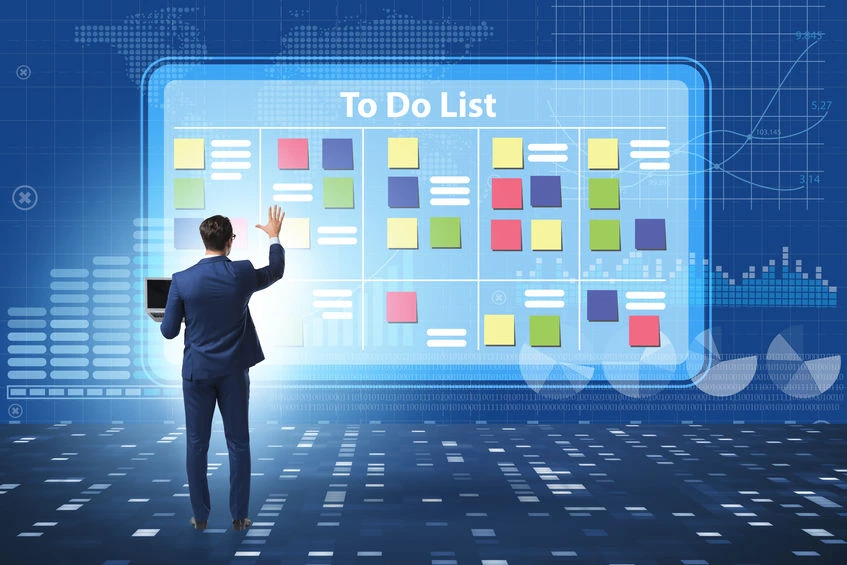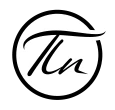
Multitasking can be very tempting when your to-do list starts looking a little long. And sometimes it’s even necessary. In fact, we multitask all throughout the day without even thinking about it.
Do you sing in the shower or while you are driving? You’re multitasking. Do you listen to a podcast or audiobook while driving or walking? You’re multitasking. Do you take a call while editing the report that’s due? You’re multitasking.
When it comes to time at work, though, more often than not, you’re better off taking a deep breath and tackling your tasks one at a time. Juggling too many things at once can shatter your focus and momentum.
No matter how many fires it feels like you need to put out, multitasking can be counterproductive. If you let yourself get pulled in too many directions, you will find that while you may be marking things off your list, you may not be doing a very good job on them.
And the science backs it up. Many of us think we can multitask, but our brains aren’t designed to do so, according to research like this article in the journal Cerebrum. Multitasking is defined as “trying to perform two or more tasks concurrently, which typically leads to repeatedly switching between tasks (i.e., task switching) or leaving one task unfinished in order to do another.”
According to the article, research that has come about concerning multitasking shows that our brains “lack the architecture,” architecture being “the cognitive and neural building blocks and systems that give rise to mental functioning.”
In other words, “We have a hard time multitasking because of the ways that our building blocks of attention and executive control inherently work.” As a result, instead of what we think of as multitasking, the majority of us are simply shifting our focus back and forth between tasks because, as the research shows, “the human brain has evolved to single task.”
Some people can switch between tasks quickly and seamlessly. If we try to go too quickly, though, something will inevitably get lost. Here are tips to help you shift focus more smoothly:
- Be aware of when you shift between tasks. Simply pausing to make a note (mental or physical) of where you were and what you were going to do next can help you come back more easily.
- If you are doing a task that requires attention to detail, consider silencing notifications, sending calls to voicemail and shutting down your email until you are finished.
- Set a dedicated time or times throughout the day for checking and answering emails or returning calls.
- Use a to-do list. There are so many apps and programs that can help you with this. Or go old school and write it out. (A benefit of this is that science also shows we remember things better if we physically write them down.)
- If you are in a leadership position, eliminate unnecessary meetings. Ask yourself if it is something that can be handled through an email instead. Your team members will thank you!
- Use technology to reduce your workload. We know. You use technology every single day and probably for the majority of your duties. But don’t just follow habit. Look at new and expanding technologies in your field that can help. For example, electronic learning software, or eLearning, has numerous applications that can help you. Our eLearning software can help take the load of compliance training, sales training and employee onboarding off your plate.
We understand that you’re busy. With all of your responsibilities and tasks at work, you probably feel like you don’t have a choice. You have to do everything now, so multitasking it is. We can’t help with everything, but contact us to learn all of the things we can help with!

